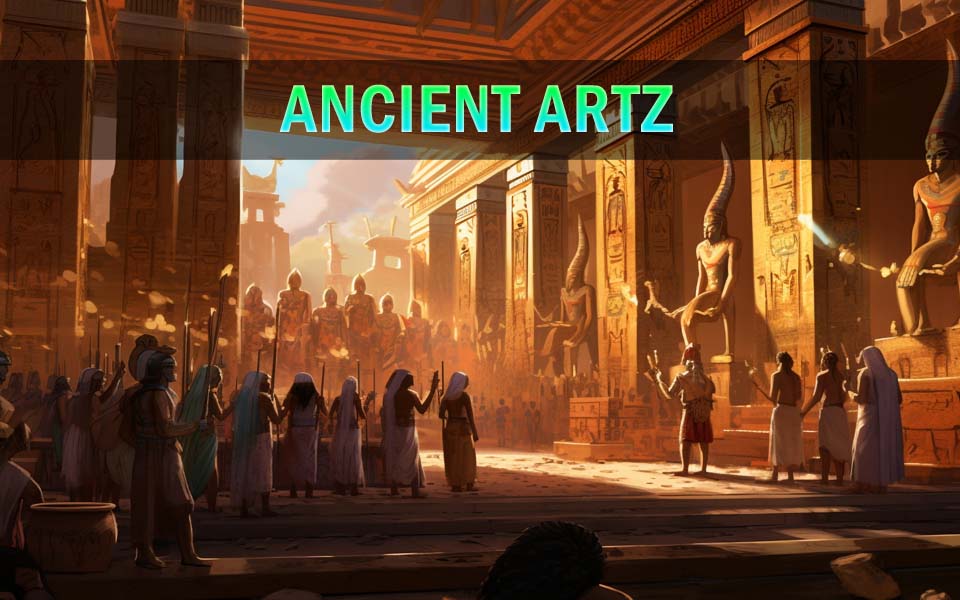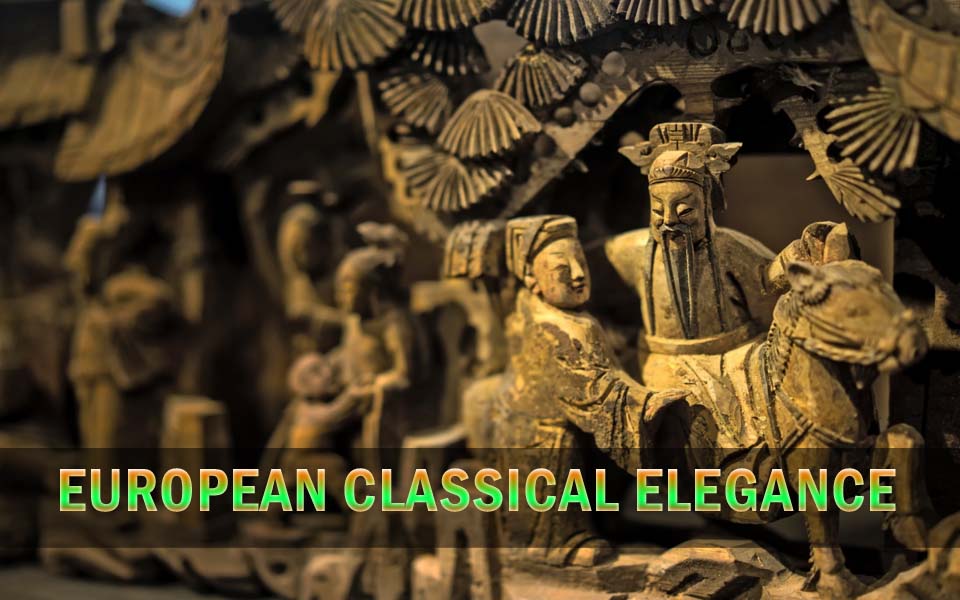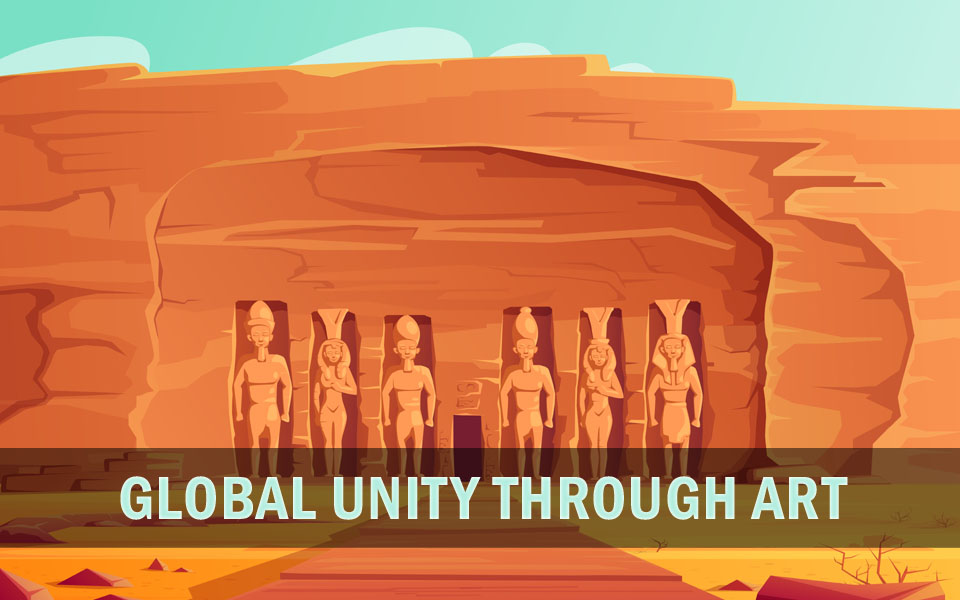Ancient Artz: The Lost Language of Civilizations

The Birth of Visual Expression
Human creativity can be traced back to around 40,000 BCE. In caves across Europe and Southeast Asia, early humans created striking paintings using natural pigments—depicting animals, figures, and abstract signs. These cave artworks, including the famous Lascaux and Chauvet caves, demonstrate not only an appreciation for aesthetics but a profound need for storytelling and symbolism.
These primal designs likely held spiritual or ritualistic meaning. The positioning of images in secluded cave chambers suggests they were part of early belief systems, possibly to invoke protection or fertility. This is where the foundation of what we now understand as ancient artz begins to unfold.
Regional Distinctions in Ancient Expression
As societies became more complex, so did their art. Ancient Egypt developed a signature style marked by rigid profiles, vibrant colors, and hierarchical proportions. Art served religious and political purposes—pharaohs immortalized in stone, deities worshiped through murals, and stories of the afterlife captured in elaborate tomb decorations.
In Mesopotamia, early Sumerians and Akkadians used art to narrate myths and royal achievements. Cylinder seals, relief sculptures, and temple carvings told tales of gods and kings. These cultures used materials like alabaster, lapis lazuli, and bronze, highlighting their technical skill and symbolic choices.
Sacred Structures and Iconography
Structures like the Egyptian pyramids, Stonehenge, and ziggurats reflect a powerful blend of architecture and art. These monuments were often built to align with celestial events and served as gateways between the physical and spiritual worlds. The carvings and artwork within them were not only decorative—they were sacred codes of their time.
In India, temple carvings from sites like Khajuraho or Ellora merged spirituality with sensuality. These sculpted figures depicted gods, humans, and mythical beings in elaborate poses, expressing philosophical and cosmological ideas through form.
Asian Artistic Philosophies
In ancient China, the art of calligraphy, bronze casting, and pottery defined dynastic aesthetics. The Shang and Zhou dynasties developed ritual vessels with intricate designs and inscriptions, many of which carried spiritual weight. Meanwhile, traditional ink paintings conveyed poetic harmony between humanity and nature, influenced heavily by Confucian and Daoist thought.
Japan’s early art was shaped by Shinto and Buddhist practices. From the Jōmon period’s rope-pattern pottery to the serene Buddhist statues of the Asuka period, Japanese creations were deeply meditative and culturally rooted.
Symbolism Across the Americas
Civilizations in the Americas created art that mirrored their environment, cosmology, and social order. The Maya produced stelae and codices illustrating kingship and the divine cycle of time. The Aztecs honored deities through monumental stone carvings and ceremonial masks, while the Inca excelled in stone architecture and textiles with hidden symbolic language.
These civilizations believed art had power—whether to appease gods, guide agricultural cycles, or mark important rituals. Their visual legacy still fascinates historians and inspires contemporary artists.
European Classical Elegance

Ancient Greece set the standard for harmony, proportion, and beauty in Western art. Sculptors like Phidias created lifelike representations of gods and athletes, emphasizing anatomical accuracy and dynamic movement. Greek vases combined storytelling and function, with painted scenes from mythology and daily life.
The Roman Empire carried forward these traditions, blending Greek influences with realism and grandeur. Frescoes in Pompeii, mosaics in North Africa, and colossal statues of emperors reflect both public ambition and private luxury.
Materials, Techniques, and Innovation
Ancient artists worked with a variety of materials—stone, clay, ivory, gold, wood, and bone—each selected for specific spiritual or symbolic properties. Techniques ranged from lost-wax casting for bronze sculptures to fresco painting and bas-relief carving. In Mesopotamia, artisans mastered glazing and mosaic tiling; in Africa, mask-making and metallurgy flourished.
What makes these works remarkable is not just their beauty but their innovation. The precision in Egyptian pyramid construction, or the astronomical alignment of Mayan observatories, demonstrates a sophisticated understanding of both aesthetics and science.
Preservation and Rediscovery
Over time, natural disasters, wars, and colonization led to the loss or destruction of many ancient artifacts. However, archaeology and digital technology have enabled the preservation and reconstruction of these pieces. Museums worldwide now house some of the greatest remnants of ancient artz, helping scholars decode history and share it with new generations.
Tools like 3D scanning, AI analysis, and virtual reality allow viewers to explore ancient monuments in immersive ways. This shift not only preserves heritage but brings global awareness to the richness of artistic legacies.
Inspiration for Contemporary Creators
Modern architecture, fashion, digital design, and visual storytelling often draw inspiration from ancient motifs. From Greek columns in government buildings to tribal patterns in textile design, the echoes of the past continue to shape today’s creative landscape.
The influence of ancient artz is especially visible in movements like Neoclassicism, Art Deco, and even modern tattoo culture. Artists reinterpret past symbols to reflect contemporary themes, bridging ancient narratives with present-day expression.
Global Unity Through Art

While each ancient civilization had distinct art styles and themes, a deeper look reveals shared human concerns—life, death, the divine, nature, and identity. This universality proves that art has always been a core language of humanity. Recognizing these patterns helps cultivate empathy and global appreciation.
Educational platforms, exhibitions, and cultural exchange programs continue to spread knowledge about these rich traditions, reminding people everywhere that creativity is one of humanity’s most enduring traits.
Frequently Asked Questions about Ancient Artz
What does the term “ancient artz” mean?
The term ancient artz refers to the artistic creations produced by early civilizations across the world. These works include cave paintings, sculptures, temple carvings, pottery, and architecture that often served religious, ceremonial, or cultural purposes.
Why is ancient artz important in today’s world?
Ancient artz offers valuable insights into the beliefs, values, and lifestyles of ancient societies. By studying these works, historians and artists can understand how humanity has evolved in its expression, design, and symbolism. It also continues to influence modern architecture, fashion, and digital design.
Which civilizations are most known for their ancient artz?
Some of the most recognized contributors to ancient artz include Ancient Egypt, Mesopotamia, the Indus Valley, Ancient Greece and Rome, the Maya and Aztec civilizations, as well as early dynastic China and India. Each left behind a distinct and culturally rich artistic legacy.
How were materials for ancient artz sourced?
Artists in ancient times used locally available materials such as clay, stone, metal, wood, and natural dyes. The choice of material in ancient artz often had symbolic meaning—for example, gold symbolized immortality in Egyptian art, while jade represented purity and life in Mesoamerican cultures.
Where can I see ancient artz today?
Many museums around the world showcase original pieces of ancient artz, including the British Museum, the Louvre, the Metropolitan Museum of Art, and local archaeological sites. In addition, virtual museums and digital archives now offer access to high-resolution images and 3D models for remote viewing.
See More:








